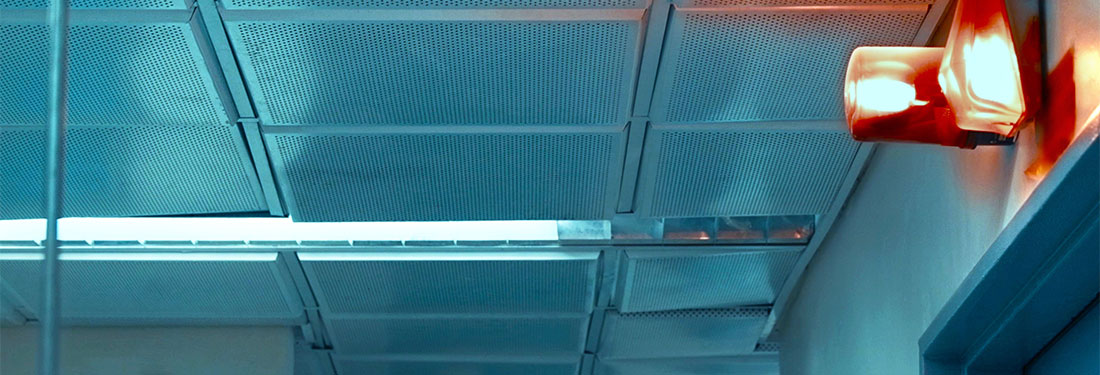Implementing a Real-Time Visual Monitoring System to Improve Quality and Safety
Problem
Like so many other hospitals and medical groups, Virginia Mason grappled with how to help clinicians improve their performance. Typically, physicians received feedback about their performance several months after they’d seen their patients. And though the reports did show gaps or missed goals, they didn’t directly motivate clinicians to change. In general, to correct gaps or missed goals, physicians simply tried to remember to focus on quality measures whenever they saw patients.
Solution
At Virginia Mason, hospitalist Barry Aaronson, MD, knew that relying on memory wasn’t an effective improvement strategy. So he and the frontline staff and informatics team developed an electronic dashboard to remind clinicians to address specific preventive measures in real time.
With the goal of preventing blood clots, they piloted a Venous Thromboembolism (VTE) dashboard in Critical Care. The unit tracked whether doctors ordered medication, whether nurses administered the medication and whether nurses put sequential compression devices (SCDs) on patients’ legs. Patients who received the interventions were illuminated in green — and those who didn’t were lighted in red.
Dr. Aaronson knew that physicians accustomed to their EMR’s real-time alerts will ignore alerts 70 percent of the time. So the team posted the information publicly where staff and families could view the board, and the alerts became difficult to ignore. They also made sure the system avoided false alarms by enabling team members to turn the red light off immediately when it was not appropriate for a patient to get the treatment. This way staff knew that all alerts were true alerts.
They did find a weak link in the system. Although physicians were indeed ordering medication and nurses were placing SCDs on patients’ legs, the nurses weren’t always noting the SCDs in their patients’ charts. So the nurses modified their forms to make them easier to document.
The dashboard system also allowed for much more comprehensive tracking. Previously staff performed a quality review on about six charts per month, but with the electronic system, all charts could be reviewed.
Outcome
The system’s real-time feedback, visibility to all team members and ability to chart exceptions in real time made the system work—and the results were impressive. In the first month, staff found zero defects and achieved 100 percent of the quality goal. Data for subsequent months was equally impressive.
Next up, to manage patients’ diabetes, Virginia Mason will add a glycemic control to the dashboard on two medical-surgical floors. To ensure success, Dr. Aaronson’s team will coach leaders on how to make the tool a priority for physicians and nurses.





